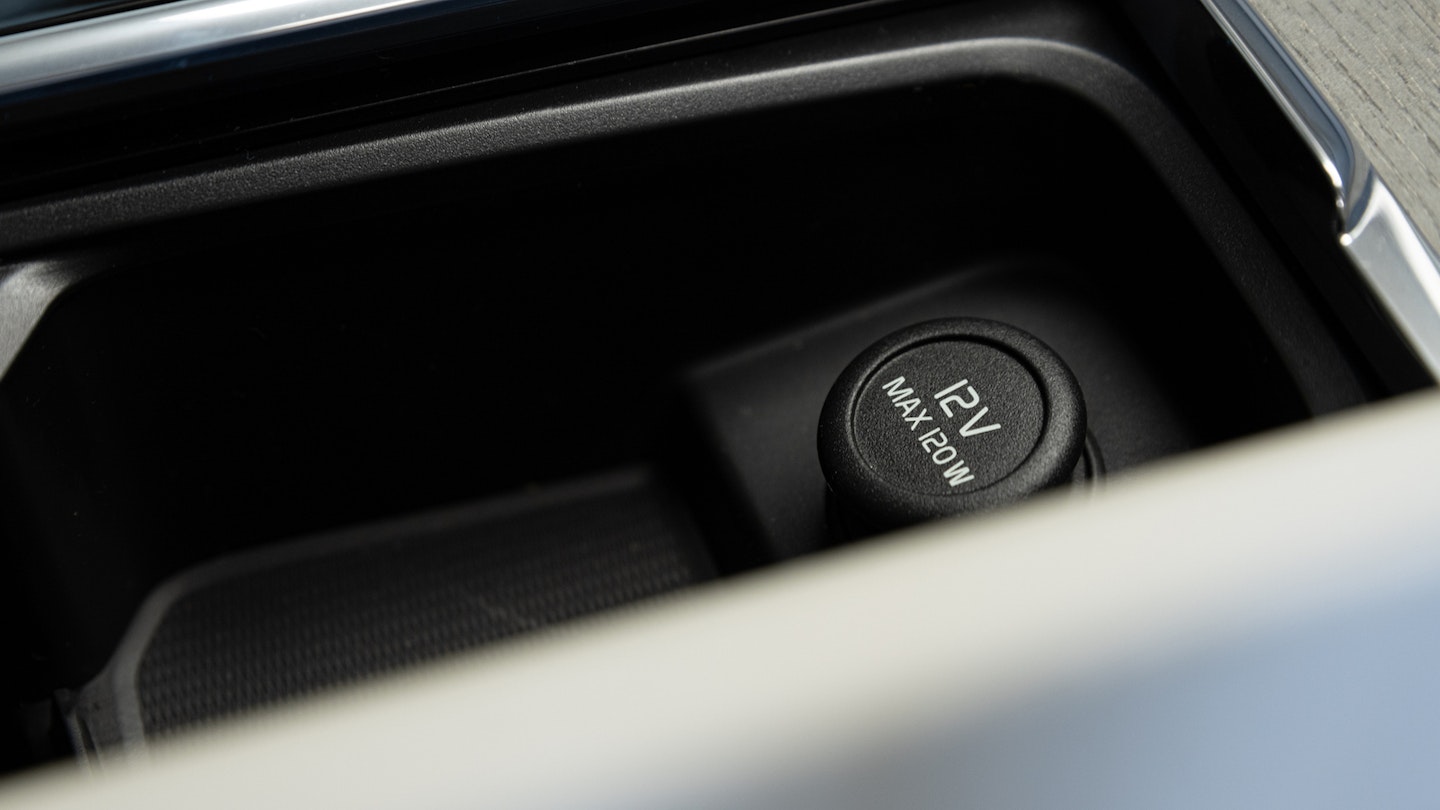USB charging cables are everywhere. It’s a safe bet that your bedside draw is a tangle of cables, each a reminder tech purchased. Wireless earphones, tablets, e-readers, smartphones, and cameras are just a few of the products we all need to keep powered up via those little USB ports.
It turns out that manufacturers have clocked that most of us have this draw full of cables, so they’ve stopped being so generous with their cables - nowadays, it's pretty common for a bundled USB cable to be too short to be of any practical use, or of so-so quality. This trend has also coincided with the dawn of the super-quick charging USB-C connection, meaning that lots of us are left without adequate USB-C charging cables, but an abundance of older USB types.
Extra power for the road? The best power banks to keep in your glovebox
Luckily, there’s a way to make use of the older, square box-style USBs you've got knocking around. Technically called USB Type-A, these older USB formats are still useable with the help of a USB to USB-C adapter.
These adapters are also handy for anyone whose car comes fitted with a USB Type-A port, allowing the port to be changed to USB-C. They can also be used by anyone with a 12v USB adapter who doesn’t fancy having to shell out for a second.
The best USB to USB-C cables and adapters
The best USB to USB-C cable
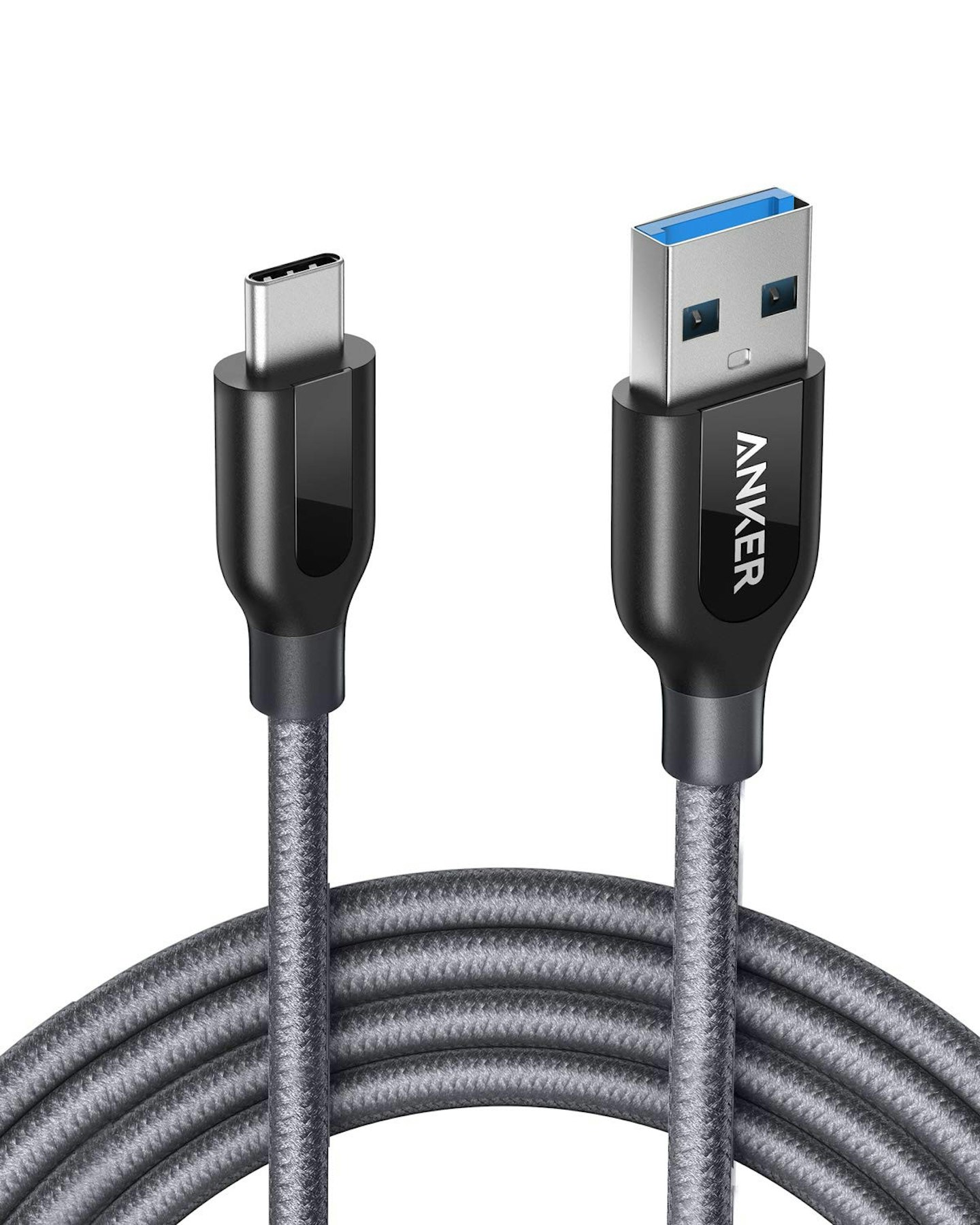
Cutting out the middleman, Anker’s cable lets you get power and data passing between USB and USB-C ports with ease. What’s more, as the USB Type-A connection is generation 3.1, you can still enjoy all the benefits of USB-C – fast recharging is the best and most applicable for when you’re driving and using a smartphone as a sat-nav.
Pros:
• All the benefits of USB-C
• Reliable and braided for added protection
Cons:
• None
Best USB-C adapter
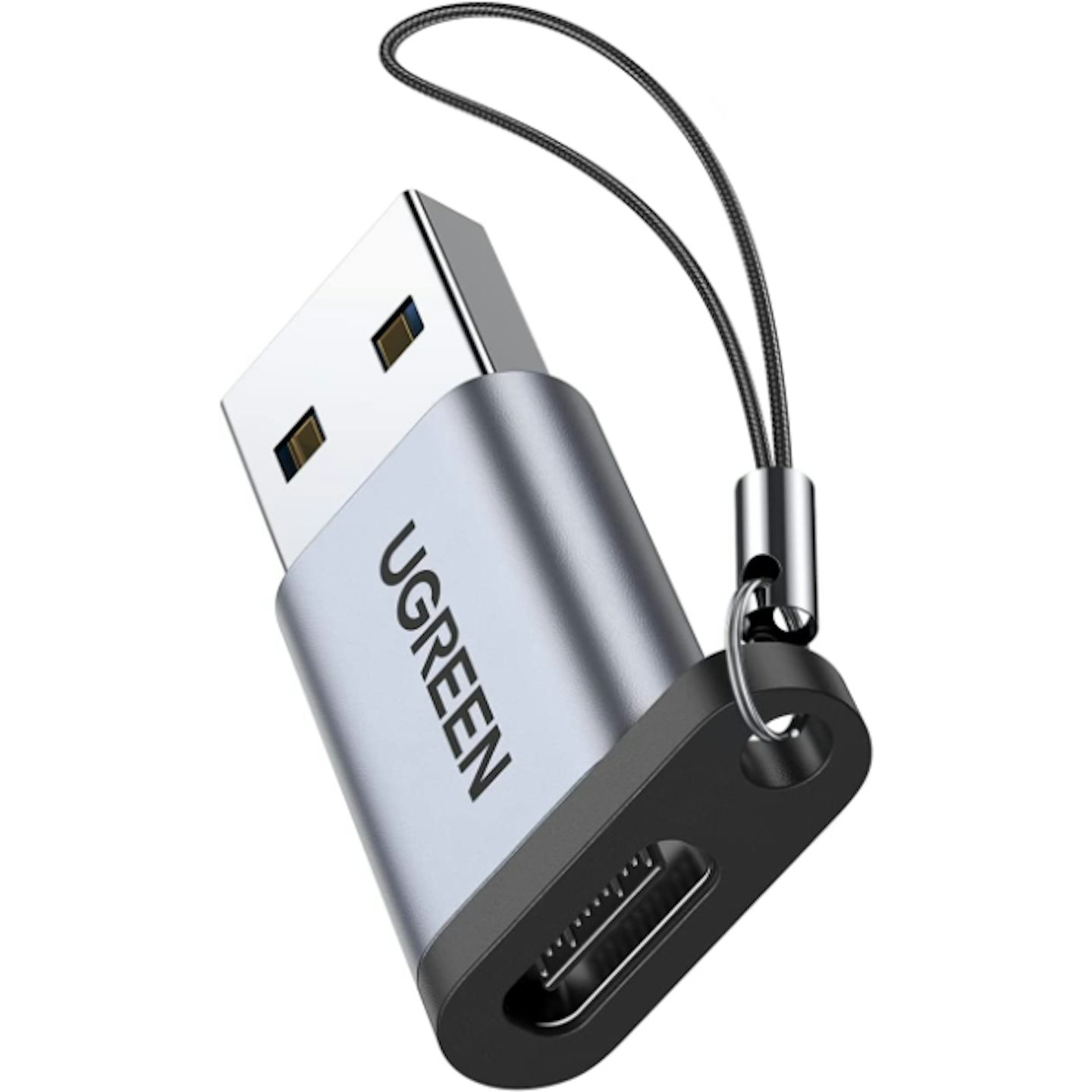
This UGREEN is the only true ‘convertor’ in our list, and that’s because we think a cable that does it for you is the easiest way. However, if you own an iPhone, then you’ve probably got a USB-C to Lightning cable. This adapter will let you use the manufacturer-provided cable in your car. If you’re somewhat of a tech-head elsewhere in your life, it’s also handy to have on a keychain in case you need to hook up to a laptop. The data handled here does drop from 10Gbit/s to 5Gbit/s, but that’s more than fine for document transfers.
Pros:
• Let’s you use already-owned USB-C cables
• Versatile and well made
• A decent data rate for tech use
Cons:
• Some cables do the job all-in-one
Best budget
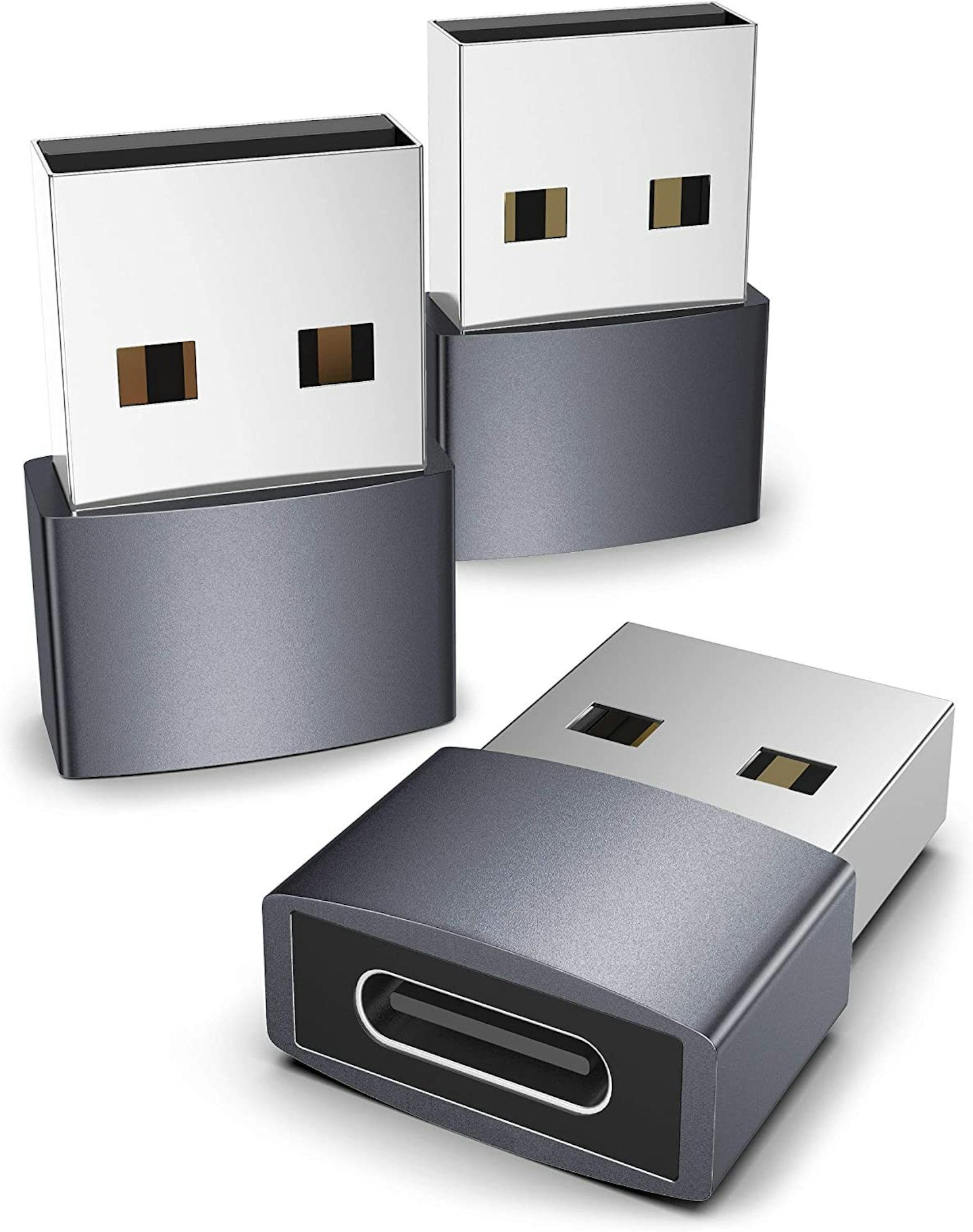
One of the cheapest ways to convert USB connections to USB-C, these three packs do come with a compromise. The USB Type-A 2.0 connection doesn’t have very good power or data throughput, so you’re losing all the benefits of USB-C. However, if you just need to keep something trickle charging as you’re driving around, these will let you do that.
Pros:
• Affordable
• Three pack
Cons:
• No USB-C benefits
Best for the rear seats of a car
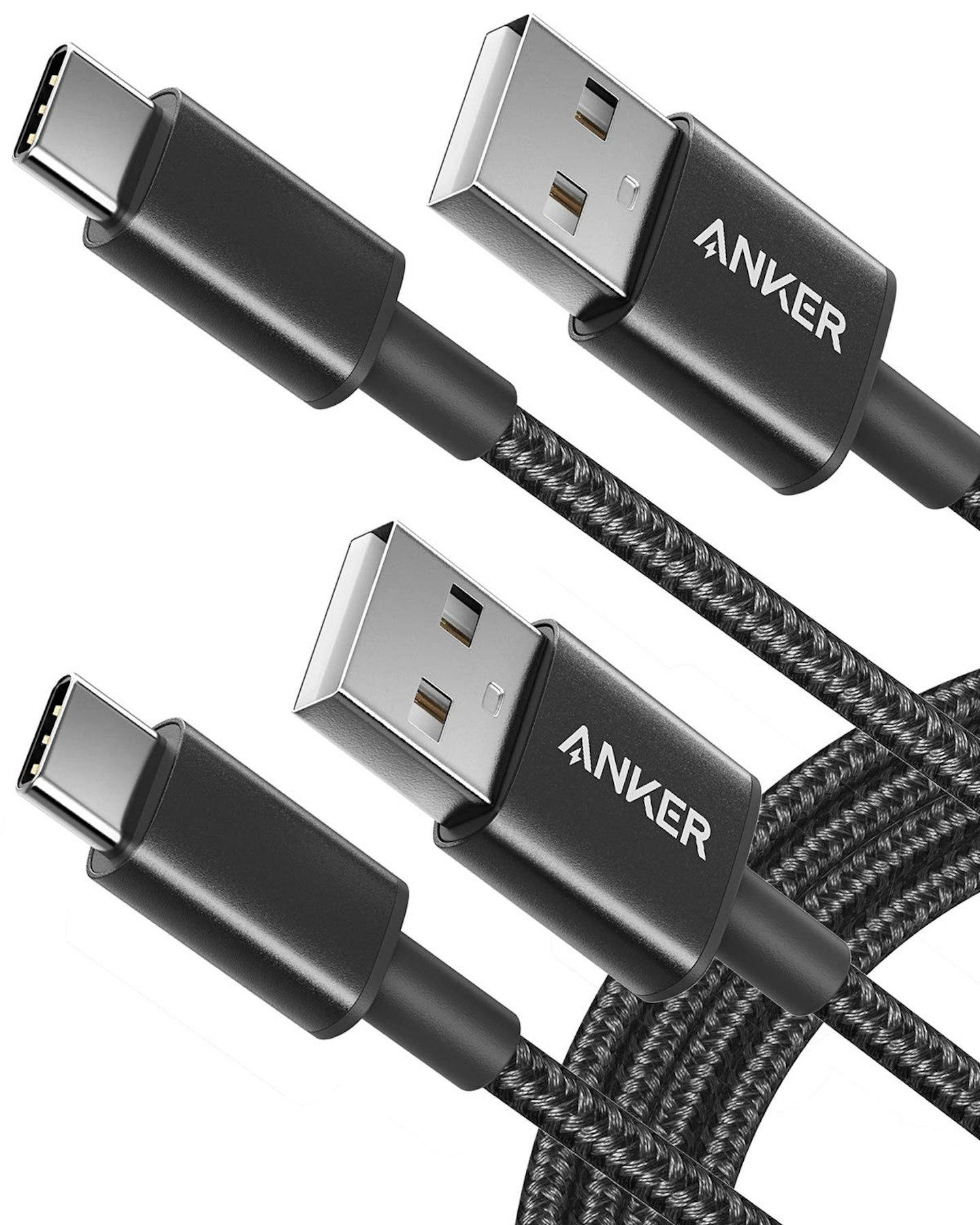
Like our favourite Anker recommendation above, these two packs from Anker are a cable and convertor all in one. Though the cables are not braided, and the older USB Type-A generation does limit charging time, the length does mean that they can reach the back of a car, keeping a teen’s smartphone or kid’s tablet topped up on the way to family holidays.
Pros:
• Very long
**•**Two-pack
Cons:
• Not braided
• Limited charging speeds
Why does everyone love USB-C all of a sudden?
USB-C is a notable step-up from USB Type-A. It’s a cable that is much more capable of carrying power to a device, offering a full charge 20 per cent faster than the old-style USB. While this is great for keeping your smartphone topped up while driving around town, the cable also impresses with data transfer rates, hitting up to 10Gbit/s.
What devices use USB-C?
USB-C is widely adopted. Android smartphones, Apple MacBooks, Nintendo Switch consoles, e-readers and wireless earphones are a few examples of products that universally use USB-C connections. While the Apple iPhone doesn’t currently use a USB-C connection - opting for its patented Lightning cable - the cable provided with the iPhone does connect to USB-C ports (though it's likely that the upcoming European regulations, even will make the kings of Silicon Valley convert to the ways of USB-C).
The universality of USB-C is a great thing. It simplifies life for consumers lives, helping them reduce the number of converters, adapters and plugs that they need to contend with. It’s for this reason that we hope that the USB to USB-C converters that we are covering in this article will be among the last of their kind.
